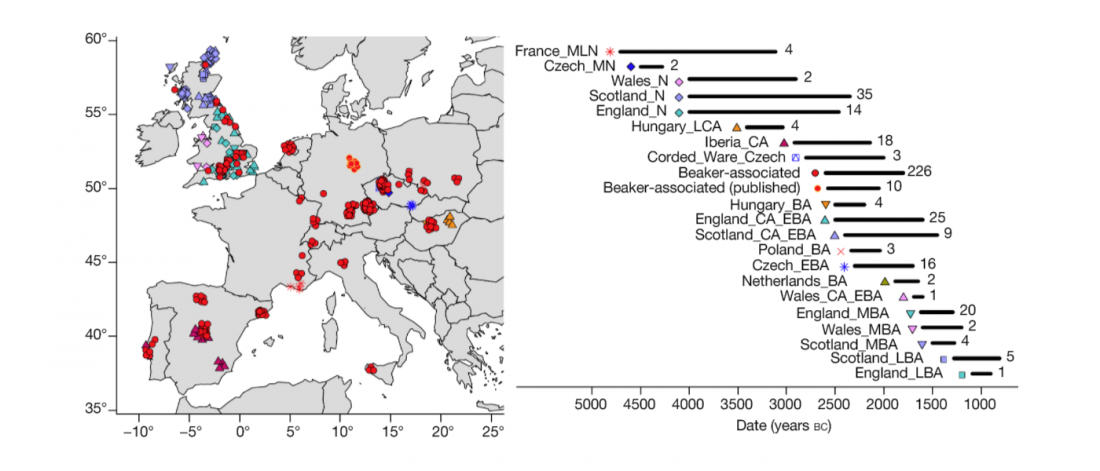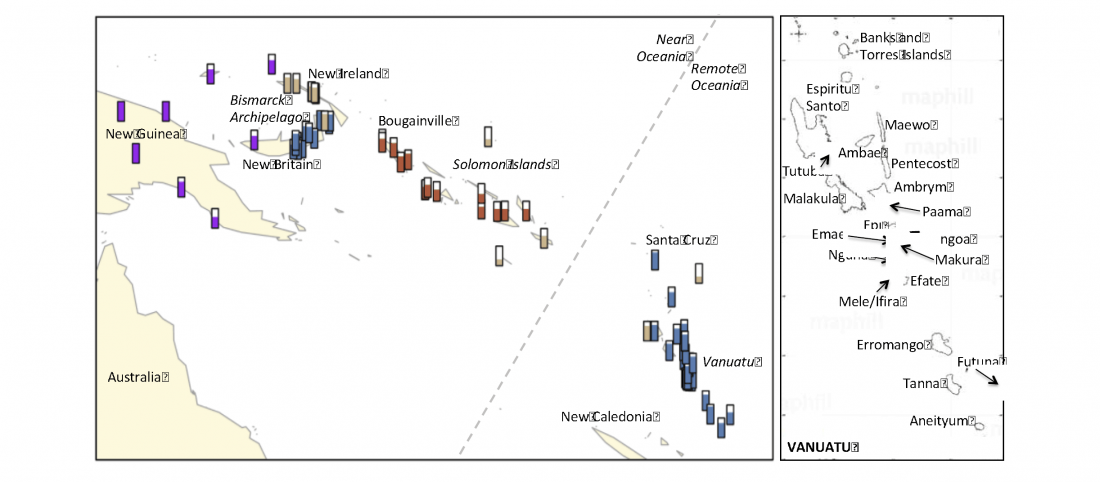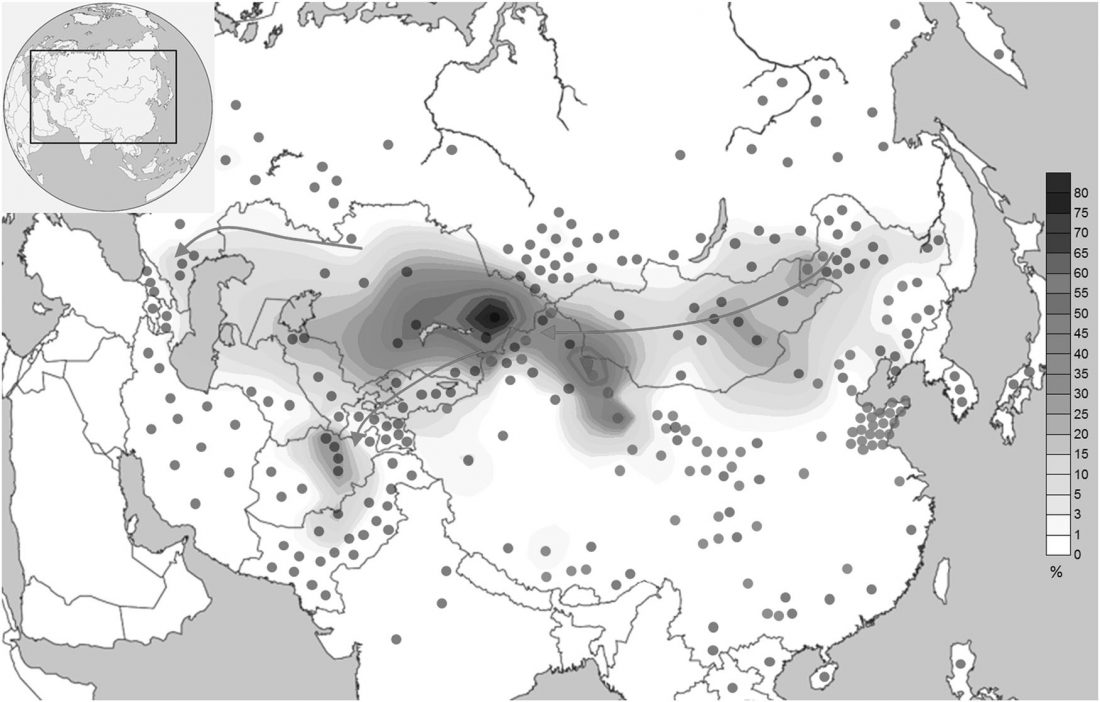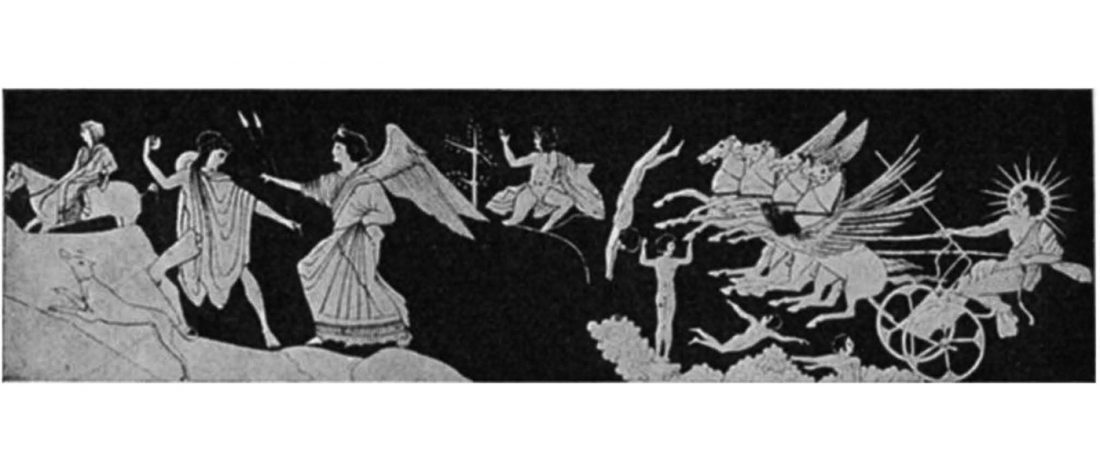Josif Lazaridis tweets about an interesting preprint at BioRxiv (eclipsed by today’s Nature papers), Ancestral heterogeneity of ancient Eurasians, by Daniel Shriner.
Abstract:
… Read the rest “Ancestral heterogeneity of ancient Eurasians”Supervised clustering or projection analysis is a staple technique in population genetic analysis. The utility of this technique depends critically on the reference panel. The most commonly used reference panel in the analysis of ancient DNA to date is based on the Human Origins array. We previously described a larger reference panel that captures more ancestries on the global level. Here, I reanalyzed DNA data from 279 ancient Eurasians using our reference panel, finding substantially





